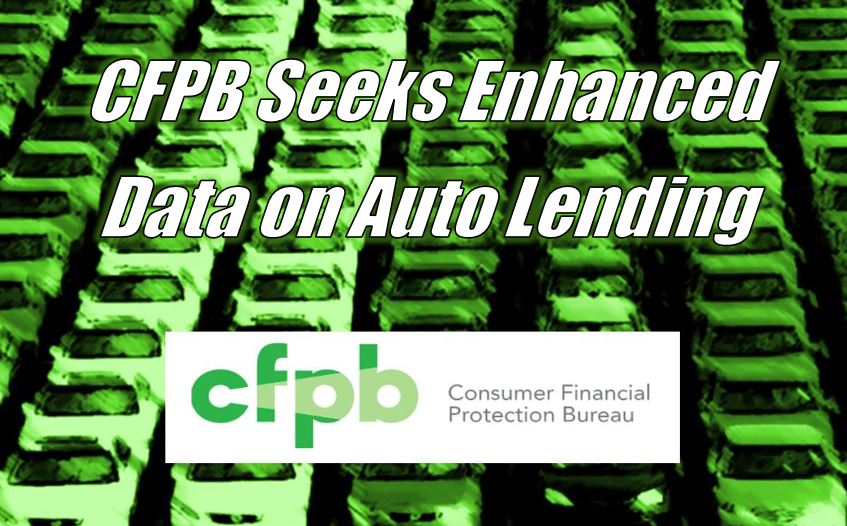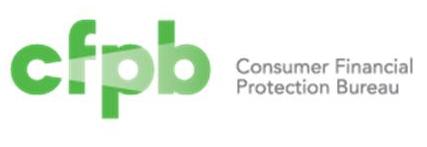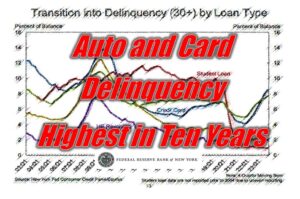Since the start of the pandemic, the cost of automobiles has risen substantially. Over 100 million Americans have an auto loan, and the CFPB estimates that there is currently $1.5 trillion in outstanding auto loan debt, making it the third-largest consumer credit category after mortgages and student loans. At its current trajectory, auto loan balances will surpass outstanding student loans in the first half of 2023.
Financial markets and policymakers have long had access to granular mortgage data that has provided insight into patterns in lending and risk. Because student loans are largely administered by the federal government, we know more about them too. But, despite its size, we know much less about the auto lending market. As a result, the CFPB is announcing an effort to work with industry and other agencies to develop a new data set to better monitor the auto loan market.
Changes in the auto lending market
Auto lending represents approximately one-third of non-mortgage consumer debt, and the amount of outstanding loans has doubled over the last 10 years. More recently, the auto market has seen substantial and rapid change. Over the past two years, car prices have risen significantly, leading to larger loan amounts and higher monthly payments. These loan size increases are beginning to have an impact on consumers and households. Recent data show an increase in auto loan delinquencies, particularly for low-income consumers and those with subprime credit scores. We also see evidence that some consumers may be getting priced out of the current market.
While currently available data allows market participants to identify and measure certain trends, it’s not sufficiently granular or complete enough to fully explore the cause of those trends. Also, the rapid changes to the industry over the last few years have made visibility into market trends increasingly difficult.
Gaps in data
Compared to mortgages, credit cards, and student loans, the data available to market participants, investors, and regulators on the auto lending market is relatively sparse. Commercial data is often highly aggregated, limiting market participants’ ability to conduct their own independent summaries and analyses. For example, publicly available repossession data is based on proprietary estimates and does not provide a level of granularity that allows for deeper analysis.
Likewise, the CFPB’s Consumer Credit Panel, which is a 1-in-48 sample of consumer credit report data from one of the three nationwide consumer reporting agencies, can fill in some of the gaps. However, many auto loans are made to consumers with subprime or deep subprime credit scores from lenders that don’t furnish data on those loans to credit reporting agencies.
Without this holistic view, market participants are unable to identify emerging risks and opportunities as they occur. This could lead to negative consequences for consumers, lenders, and investors. For example, the lack of visibility into the mortgage market was a key issue leading up to the Great Recession in 2008. In response, federal regulators took steps to expand and combine mortgage lending data sets to better inform the public, market participants, and regulators. Greater insight into underlying data can also support a more competitive auto market. With greater visibility into market trends, lenders and investors can spot emerging opportunities, improve risk management practices, and ultimately expand access to credit (including refinancing).
Collecting input to craft a new data set
The CFPB is seeking to build a new data set that will allow for a more robust understanding of market trends. This may include, for example, collecting retrospective data from a sample of lenders that represent a cross-section of the auto lending market.
Before doing that, we will convene stakeholders to gather input on our current data landscape. We are also seeking input from the public . Submissions will be accepted until December 19, 2022. You may submit responsive information and other comments, identified by Docket No. CFPB-2022-0075 by any of the following methods:
- Federal eRulemaking Portal : Follow the instructions for submitting comments.
- Email: AutoLendingDataGaps@cfpb.gov. Include Docket No. CFPB–2022–0075 in the subject line of the message.
- Mail/Hand Delivery/Courier: Comment Intake—Auto Lending Data Gaps, Consumer Financial Protection Bureau, 1700 G Street NW, Washington, DC 20552.
Instructions: The CFPB encourages the early submission of comments. All submissions must include the document title and docket number. In general, all comments received will be posted without change to https://www.regulations.gov .
All submissions, including attachments and other supporting materials, will become part of the public record and subject to public disclosure. Proprietary information or sensitive personal information, such as account numbers or Social Security numbers, or names of other individuals, should not be included. Submissions will not be edited to remove any identifying or contact information.
CFPB Seeks to Enhanced Data on Auto Lending – Consumer Financial Protection Bureau – CFPB















Facebook Comments